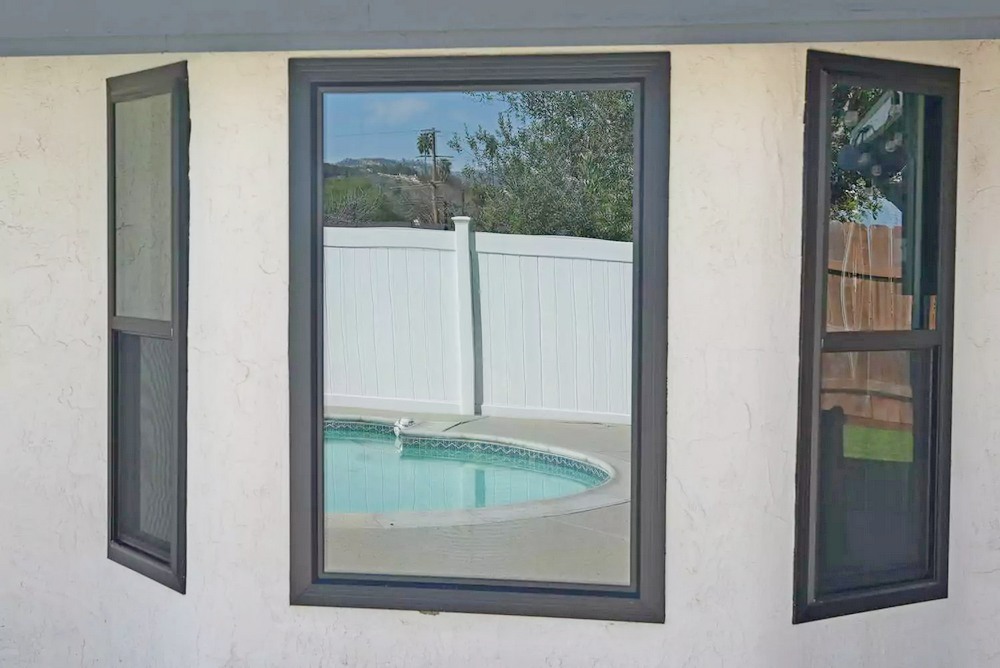
BBB Accredited Business.
A+ Rating
100% Financing,
No Money Down Get
Prequalified In Minutes
Over 19 Years Of Experience
Licensed , Bonded Insured
Thousands of customers all
over Southern California
How To Finance A Home Improvement Project
Homeowners planning a remodel or home improvement project should carefully consider how they will finance the job. Many payment and financing options exist. The one that suits you best will depend on many factors — including how much your project will cost, how much money you have on hand, how long the project will last, whether you will be doing other home improvement projects in the future, and how much equity you have in the home.
This article describes the most common methods of paying for home improvements, including which options work best for which people.
Paying Cash
Some homeowners have saved up enough cash pay for the home improvement project outright. By avoiding financing altogether, you don’t pay finance charges or interest, which can save a bundle of money. In addition, since you don’t use your home as collateral for paying back a loan, there is no risk of losing your home to foreclosure.
Using a Credit Card
If your project will cost anywhere from a few hundred to a few thousand dollars, you might consider paying with a credit card. Credit card interest rates are often quite high, but you won’t pay any loan fees or closing costs. But you should use this option only if you can pay off the entire balance in several months.
Unsecured Personal Loan
With an unsecured personal loan, you borrow money without using your home as collateral. That means that if you fail to pay, your home is not at risk for foreclosure. Some lucky homeowners can get personal loans from family members. Banks offer unsecured personal loans as well, but usually for small sums of money (for example, under $10,000). Beware of payday loans or personal loans offered by non-banks — many have exorbitant interest rates.
Click here to Get Pre-Qualified
Home Equity Loan
A home equity loan is a loan that uses your house as collateral, just like your primary mortgage. With a home equity loan, you borrow against the value of your home less the amount of the existing mortgage (in other words, the equity). The borrowed amount is fixed, which makes it a good option if you are financing a one-time project. The interest rate is also fixed, which can be advantageous if you think interest rates will rise over the life of the loan. Another plus: The interest you pay on a home equity loan used for home improvements is tax deductible (up to $1 million; the limit is $100,000 for non-home-improvement projects).
With many home equity loans, you will have to pay closing costs. And, as with any loan secured by your home, you risk foreclosure if you cannot make the payments.
Home Equity Line of Credit (HELOC)
Like a home equity loan, a home equity line of credit (HELOC) uses your home as collateral to guarantee payment. A HELOC functions like a revolving line of credit — you can withdraw various amounts of money over time up to a certain maximum. The maximum you can withdraw is based upon the available equity in your home.
HELOCs work well if you have a long-term project or will need funds for additional home improvements in the future. The interest rate for a HELOC is usually variable, which means it can start low but climb higher if the prime rate rises. Like home equity loans, the interest you pay on a HELOC is tax-deductible.
Borrowing From Your 401(k)
Some employer 401(k) plans allow you to borrow money to pay for home improvements. Rates are usually low and you don’t have to pay fees or qualify for a loan.
However, if you leave your job you’ll have to pay the balance in full or pay large withdrawal penalties and taxes. You will also be on the hook for penalties and taxes if you don’t pay the full sum within five years. In addition, experts warn that, although you pay the loan back to the account, when all is said and done you’ll have less in your retirement account than if you hadn’t withdrawn the money.




